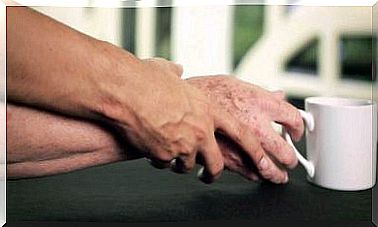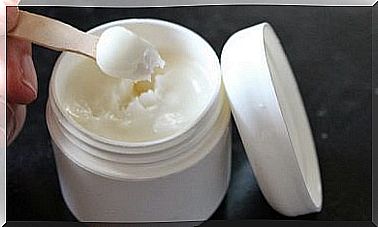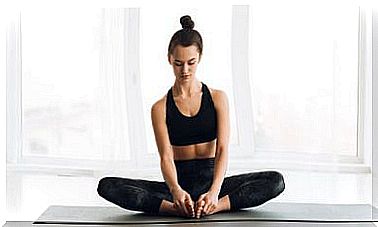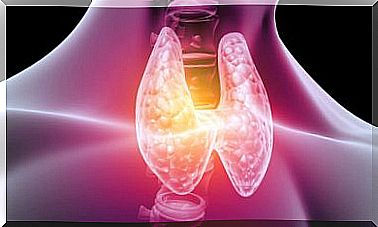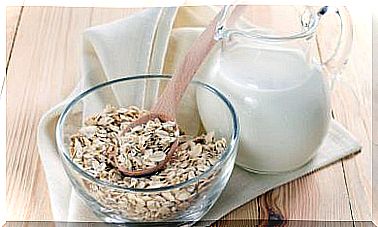3 Exercises To Strengthen The Hip Flexors
Strengthening the hip flexors can help decrease pain in this region of the body and in the lower back. However, when is it advisable to do so? How do you have to work them? First, we must know what these muscles are and where they are.
The hip flexors are the muscles that bring the knee closer to the chest. The most important are the quadriceps and iliopsoas, and they are located in the front of the hip and thigh. Other muscles also help to flex the hip, although it is not their main function, as is the case with some hip adductors and abductors.
Why strengthen the hip flexors?
Strengthening the hip flexors helps to work other muscles, which together improves the health of the lumbar spine, hip and knee. If you still do not include this type of exercise in your routine, we invite you to discover its benefits:
- Decreases the likelihood of injury in runners, athletes, and active people. Hip flexor and abductor weakness has been shown to increase the risk of injury, according to a study published in the Journal of Physical Therapy Science .
- To prevent the appearance of back or hip discomfort. Working seated all day tends to weaken the hip flexors, since we don’t use them in that position. This increases the likelihood of long-term lower back and hip pain.
- As a treatment for back, hip and knee pain. In people with pain in these joints, strengthening the hip flexors can reduce symptoms and promote treatment, according to a 2016 study.
In some people, stretching these muscles is a temporary solution to a bigger issue; The problem behind muscle tension and lack of flexibility is muscle weakness.
If your goal is to decrease pain, try both hip flexor stretching and strengthening. The most advisable thing is that you consult with a doctor or physiotherapist; The professional will know what exercises to indicate according to your situation.
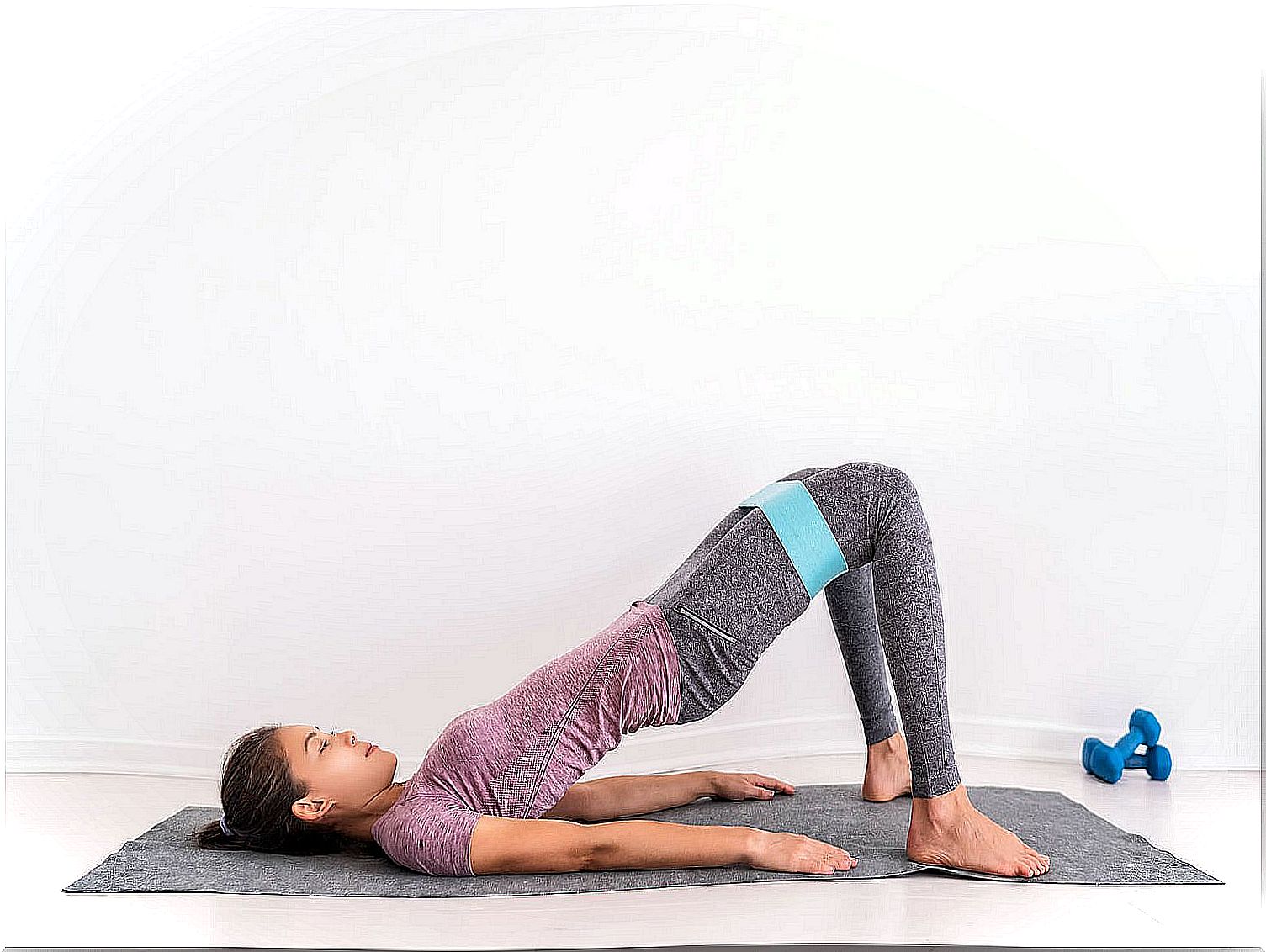
When to strengthen the hip flexors?
These are the most common circumstances in which the work of these muscles is necessary:
- If you have a feeling of tension or compression in the front of the hip.
- When you have low back pain – in the lower back – or in the hip, especially if you spend a lot of time in the same position – standing or in a chair, for example.
- If you have already done hip flexor stretches to decrease any symptoms and there has been no major difference in symptoms, their intensity has increased or they reappear intermittently.
- If you have not previously strengthened the hip flexors to reduce symptoms.
If you try the exercises to strengthen the hip flexors and do not feel improvement, it is best to go to a trusted physiotherapist so that you can do an individualized treatment.
How to strengthen the hip flexors
Basically you have to do the hip flexion movement against some resistance, as proven in research published in the European Journal of Applied Physiology and Occupational Physiology .
This resistance can be gravity, elastic bands, weights, among other options. Since it all depends on each body, focus on doing the movement appropriately.
It doesn’t matter if you do fewer reps than you expected; the priority is that you do it well. Remember also that this exercise should not accelerate your breathing. You should breathe normally throughout all repetitions.
3 exercises for hip flexors
When doing these exercises, start with 5 slow repetitions; Each repetition should last 2-3 deep breaths. Increase the number of repetitions only if you follow the three points above.
It is preferable that you do a series of 5 to 10 repetitions every 2 or 3 hours, especially if you have back or hip pain. Thus, the muscles remain active and prevent them from becoming weak due to being in the chair for so long. If you are not in pain, you can do 2 or 3 sets with the number of repetitions you can do.
1. Simple hip flexion
This exercise is done as follows:
- Lie on your back, with your knees bent and your feet flat on the floor.
- Place your hand in the gap between your lumbar spine and the floor.
- Inhale as you bring your knee to your chest without crushing your hand. In this way, you maintain the curvature of the lumbar spine.
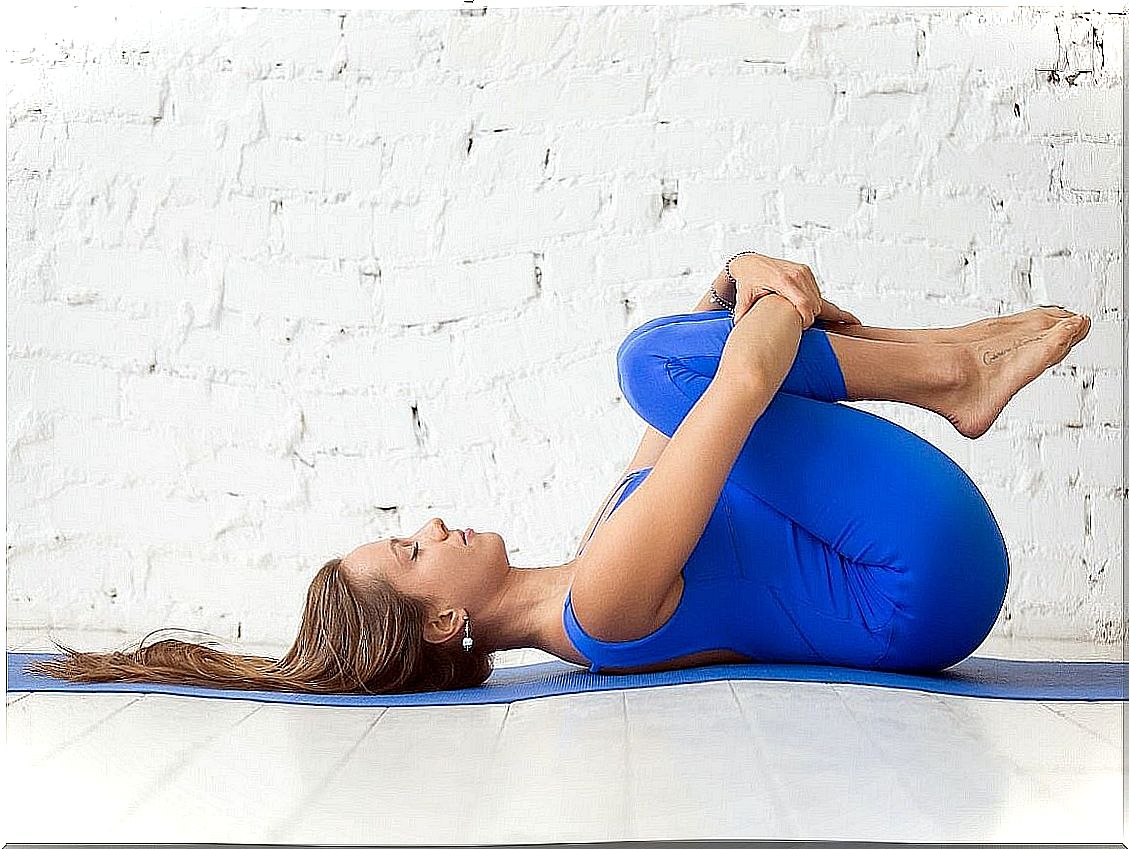
If you literally bring the knee to the chest, the lumbar spine is going to flatten, it is normal. So do the movement until you feel that if you go a little further you will begin to crush the hand. Exhale as you return to the starting position, without increasing the space between your hand and the ground.
2. Plank hip flexion
This exercise is useful not only to strengthen the hip flexors, but also to work the abs and the stability of the body in general. Before doing this, make sure you can do the ironing properly, for at least 20 to 30 seconds.
To do the plank hip flex, follow these steps:
- Start with the plank pose.
- Bring one knee to the chest, without modifying the plank.
- Return to the starting position and repeat with the other side.
If this exercise is too difficult for you, you can try standing in front of the wall, supporting yourself with your hands and body in a plank position. Then you can do it on a chair. The idea is that you start from the vertical and little by little you lean until you manage to do it horizontally.
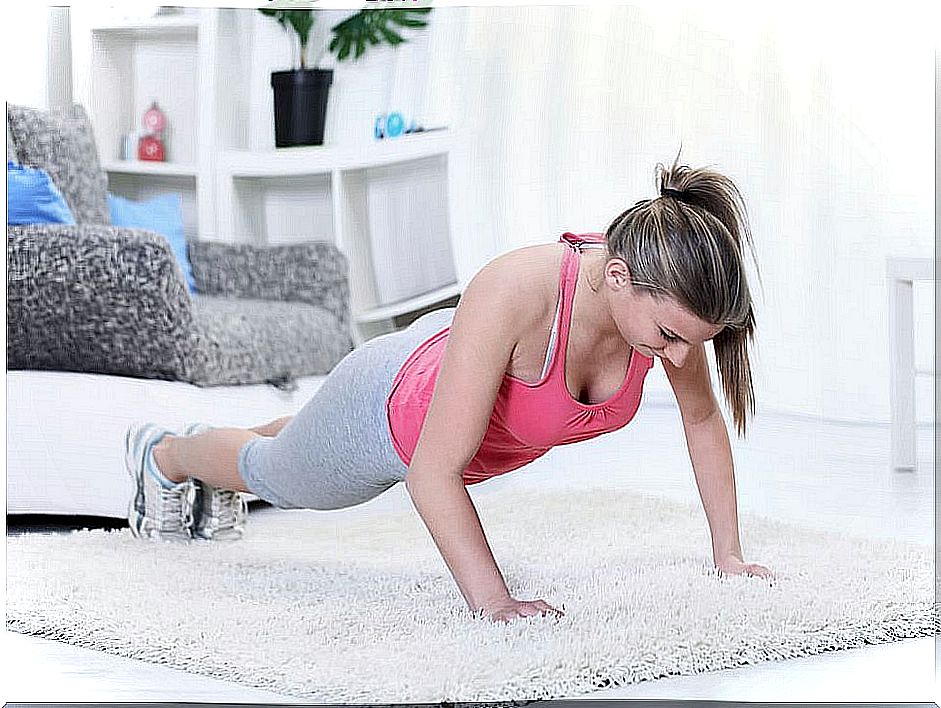
3. Beetle
Like the previous one, this exercise works the hip flexors, the abdominals and the stability of the body in general. It can be difficult at the beginning, especially if you do not have experience, but little by little it will be easier for you to do it and you will feel the benefits on a day-to-day basis. In this exercise, you must flatten your lumbar against the floor and follow this execution technique:
- Lie on your back, with your feet flat on the floor.
- Squash the floor with your lumbar spine and bring your knees up so they are at a 90-degree angle.
- Hold this position for 2 seconds.
If so far you can do it without much effort, the following is:
- Extend your right leg as you raise your arm on that side toward your left knee.
- Return to the starting position slowly.
- Do the same on the other side.
Be consistent to improve hip muscles
Ultimately, remember that these exercises have cumulative effects. The secret is to do them frequently, at least once a day or every other day.
Remember, however, that it is always advisable to plan your routine with a medical or physical activity professional. Thus, thanks to their supervision plus your perseverance and patience, you will obtain the desired results.
